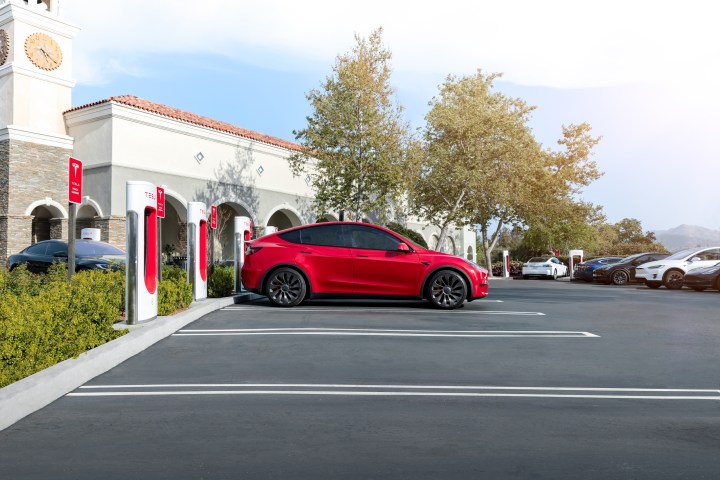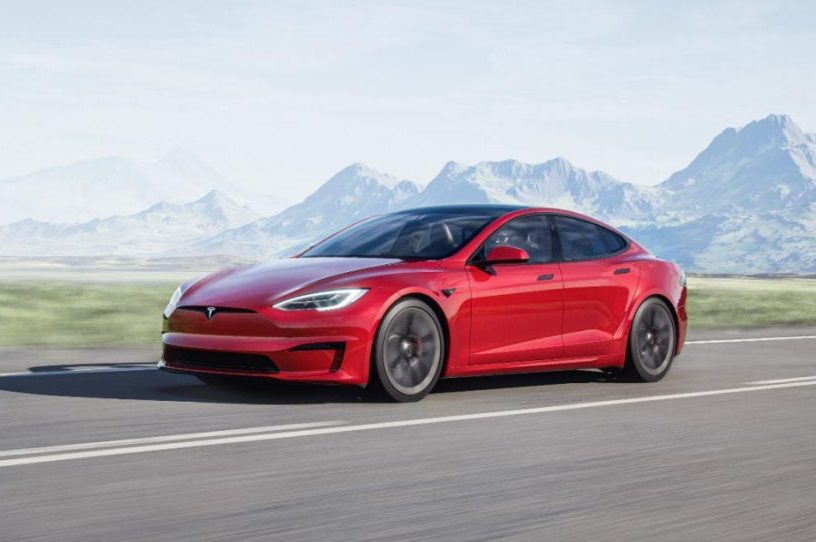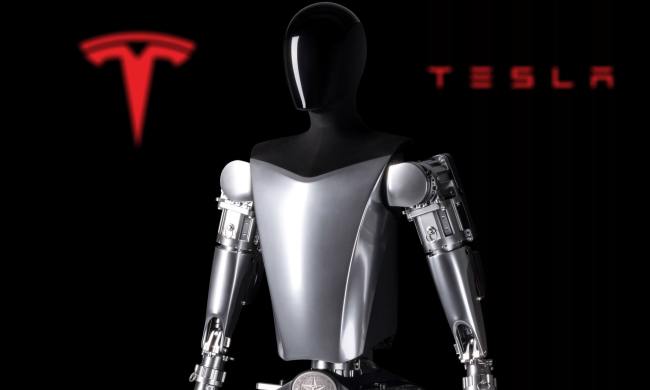While many electric cars offer advanced driver assistance tech these days, most of those boil down to a few different technologies working together — like lane-keeping and adaptive cruise control. Generally, they work quite well. Together, they can essentially allow a car to drive itself on the highway under the right conditions. But companies are also working on the next generation of self-driving cars, and there’s been no company more public about this than Tesla, which offers its Full Self-Driving tech.
But while Tesla Full Self-Driving is available to customers, it’s far from free. At the time of this writing, Tesla offered Full Self-Driving through a one-time payment of a hefty $15,000, or as a $200-per-month subscription. Neither of those is cheap, and as such you might be wondering whether or not it’s worth the money.
The consensus? It’s probably not worth it for you — but some might still want to buy it anyway.
What is Tesla Full Self-Driving?

Tesla Full Self-Driving (FSD) is an advanced driver-assistance system that uses a combination of hardware and software to enable a vehicle to navigate on its own in various traffic situations. The system makes use of an array of cameras, ultrasonic sensors, radar, and computers to interpret the surrounding environment, making real-time decisions to control the vehicle’s acceleration, braking, and steering.
There are a few things that set the tech apart from Tesla’s other autonomous driving modes though. The cheapest is Tesla Autopilot, which is basically adaptive cruise control combined with a lane-keeping assistant — features that many other cars have. Next up is Enhanced Autopilot, which includes features like Auto Lane Change, Autopark, and Summon, which allows the driver to summon the car to their location in a parking lot. These are much more advanced features.
Full Self-Driving, however, takes that a step further. FSD allows the car to identify stop signs and traffic lights, and will soon allow the car to steer on its own in city streets.
It’s important to note that drivers are still always required to be in control of a car, even when using these modes. Current regulations mean that the driver is responsible for the car’s behavior whether it’s in Autopilot, FSD, or any other mode.
Of course, that makes the name “Full Self-Driving” a little confusing. Tesla has been criticized for naming the tech Full Self-Driving, when in reality the tech cannot fully drive the car yet. It will likely be a while before the tech can handle all driving modes, and it will be a while before the law allows drivers to fully give control over to the car itself.
Is Tesla Full Self-Driving worth it?

So is Tesla Full Self-Driving worth it? Well, it’s complicated. The fact is that Full Self-Driving is actually still in beta, which means that while Tesla is charging customers to use it, it’s still being developed and refined, and it will make mistakes. That means that it’s more experimental than something that you’ll be able to fully use to be more productive or to save you time.
In other words, most people should avoid spending the cash on Tesla Full Self-Driving right now. But it could still be useful for some drivers. If you’re really interested in testing out the latest and greatest autonomous driving tech, have some (or a lot) of cash to spare, and don’t mind the fact that the tech isn’t fully developed yet, then perhaps it’s worth considering checking out full self-driving, just for fun. But if you could stand to save some money, then you should consider simply continuing to drive your Tesla on your own.



